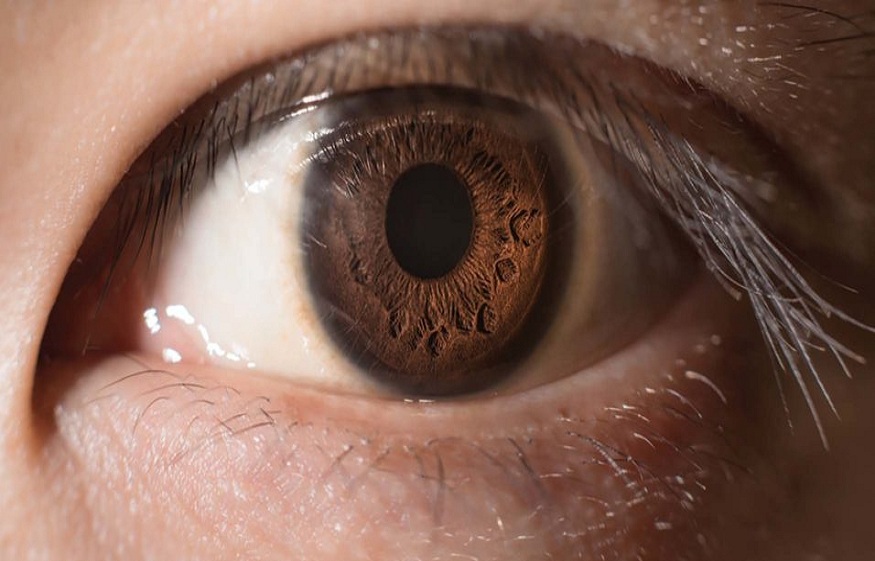Neurological exams are a cornerstone of clinical assessment, particularly in situations that could involve the brain and central nervous system. These assessments are key to examining pupils, particularly in their diameter measurement and dilation velocity.
In this article, we will explore innovative approaches to reshaping how medical professionals conduct these evaluations, making them more precise and informative.
Traditional Methods of Pupil Assessment
Historically, clinicians have relied on relatively basic tools for pupil assessment, such as a penlight and ruler. While these methods offer a practical, accessible means for a quick exam, they may not capture the nuanced variations in pupil diameter and dilation velocity. This lack of precision may lead to imprecise diagnoses or monitoring of neurological conditions.
Importance of Accurate Pupil Measurement in Neurological Exams
Given pupils’ integral role in neurological health — as a window to brain function — accurate measurement of their parameters is paramount. Inaccurate or imprecise measurements may yield an incomplete picture of a patient’s neurological status, potentially leading to missed diagnoses or ineffective treatments. Conversely, precise pupil diameter measurement and accurate assessment of pupil dilation velocity can contribute to a more robust understanding of a patient’s neurological condition.
Pupillometry Devices
Pupillometry devices have emerged as one of the most innovative tools in the neurological tools arsenal, bringing a new level of precision to pupil assessment. These handheld devices can objectively quantify pupil size and reactivity, reducing the potential for human error associated with traditional methods. They also allow for a more refined measurement of parameters such as dilation velocity, which can be crucial in neurological examinations. However, they may present limitations, including cost and the need for training.
Pupillometry devices employ infrared technology, delivering non-invasive, high-resolution pupil measurements. The NPi, or Neurological Pupil index, often utilized in these devices, provides a standardized, numerical value that reflects the reactivity of the pupil, allowing for enhanced objectivity in the neuro exam. While this technology ushers in a new level of accuracy, it’s important to consider potential drawbacks. These devices may not be accessible in all clinical settings due to cost, and the interpretability of the data requires a degree of expertise.
Video-Based Pupil Tracking
Video-based pupil tracking is another novel approach that leverages technology to measure pupil diameter and dilation velocity. This technology employs high-speed cameras coupled with image analysis software to provide real-time monitoring of the pupil. The major advantage of this system is its ability to provide dynamic measurements, offering detailed insight into pupil behavior over time. However, similar to pupillometry devices, the high costs associated with this technology may limit its use in specialized clinics or research settings.
Video-based pupil tracking holds great promise for enriching our understanding of the dynamic interplay between the brain and the eye. Clinicians can gain detailed insights into neurological function by capturing the pupil’s behavior over time. This could revolutionize the way we diagnose and monitor neurological conditions. But as with all technological innovations, it comes with potential drawbacks, such as the need for complex hardware and software, specialist training requirements, and high costs.
Smartphone Applications
In accessibility and ease of use, smartphone applications designed for pupil measurement and dilation velocity assessment are emerging as practical tools in neuro exams. These applications employ the smartphone’s camera and flash to evaluate the pupil’s reaction to light, with some even offering diameter measurement. Despite their accessibility, it’s important to consider the lighting conditions and camera quality variations across different devices, which could impact their accuracy.
Comparing Innovative Approaches
Each innovative approach to pupil assessment in neurological exams brings unique advantages and potential limitations. Pupillometry devices and video-based pupil tracking offer high-precision measurements yet may be limited by cost and accessibility. On the other hand, smartphone applications offer unprecedented accessibility and ease of use, albeit with potential variations in accuracy due to hardware differences.
The Future of Pupil Assessment in Neurological Exams
The future of pupil exams in neurological exams is poised for continual evolution as emerging technologies and ongoing research promise further advancements. From wearable technology for continuous pupil tracking to the application of artificial intelligence for a nuanced interpretation of pupillary behaviors, the landscape of pupil assessment in neuro exams remains an exciting and rapidly evolving field.
Conclusion:
Innovative approaches to pupil diameter measurement and dilation velocity offer vast potential for enhancing neurological exams. By bridging the gap between traditional methods and state-of-the-art technology, clinicians can attain a more refined understanding of neurological health through the eye’s window — the pupil.

